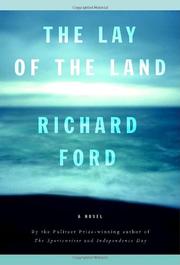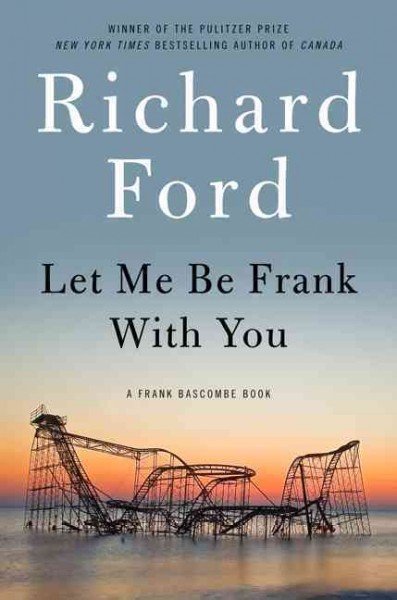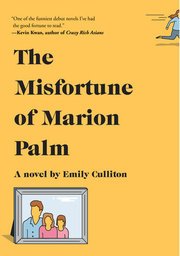The Body in Question Jill Ciment (2019)
If you read this novel, you may never want to be selected as a jury member on a serious criminal case. In fact, you may get several ideas for how to disqualify yourself, so that you don’t have to deal with confusing and contradictory evidence, seemingly capricious legal rulings, morbidly curious spectators in the gallery, members of the press trying to get a story, and fellow jurors who are disinterested or foolish or rude. You may squirm at the thought of being a jury member on a sensational case and being sequestered for the duration of the trial with your fellow citizens. Oh, and you may vow that, even if one day you do end up on a jury, you will not, under any circumstances, enter into a sexual liaison with a fellow juror.
Jill Ciment draws out all these thoughts in the 174 pages of this novel/novella, as she chronicles the experience of jurors C2 and F17, who are asked to decide a case of murder: a teenager is accused of killing her infant brother by setting him on fire. The details of the death are gruesome, laid out dispassionately in courtroom scenes by the witnesses who come forward to testify. The murder case is by no means straightforward, as the actions of the teen’s identical twin sister and of that twin’s boyfriend are revealed.
The behind-the-scenes affair between C2 and F17 (whose names we don’t learn until late in the book) is also complicated. Juror C2 is a highly successful photographer, age 52, who is married to a renowned journalist 33 years her senior. F17 is a professor of anatomy in his early forties, unattached at the time of the trial. C2 and F17 are immediately attracted to each other during the jury selection process, and they go on to have an affair that they must hide from the other jury members and from the officers of the court. This isn’t easy, since the jury members are under constant surveillance—in the courtroom, in the greasy spoons where they’re fed, and at the seedy motel where they’re kept isolated from the press and from the public at large.
As C2’s backstory is revealed, we learn that her marriage is strained by the increasing frailty and neediness of her elderly husband. She’s been tending to him, but this very caregiving points out to her the indignities of old age, which she herself will have to face eventually. Perhaps this is why she decides to have a fling with F17—to assert her own attractiveness and vigor. Perhaps the challenge of keeping the affair secret during a lengthy jury sequestration makes the sex more titillating.
With spare language and a driving plot, Jill Ciment gives readers a ring-side seat in the courtroom and in the motel room. Read this riveting book in one sitting, and remember your civic responsibility if you’re called for jury duty.
























